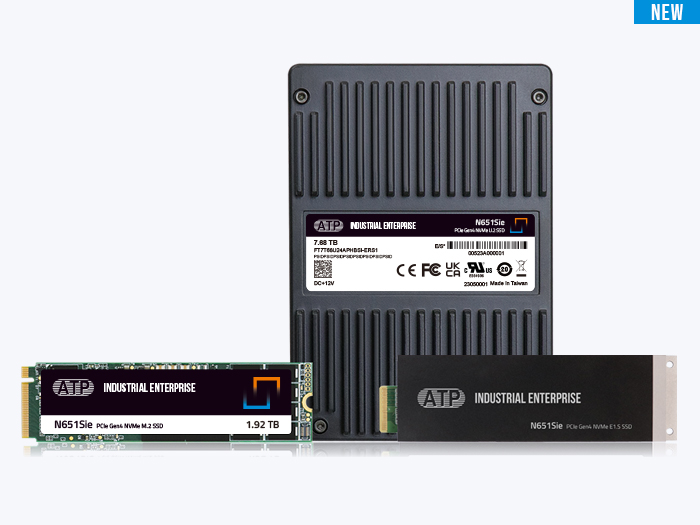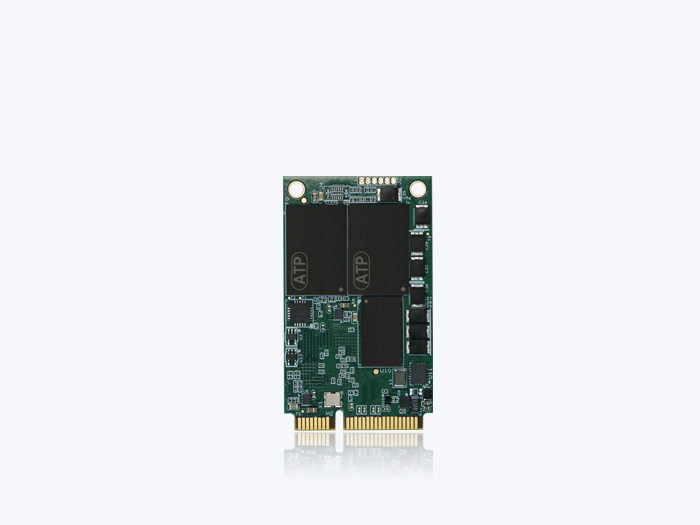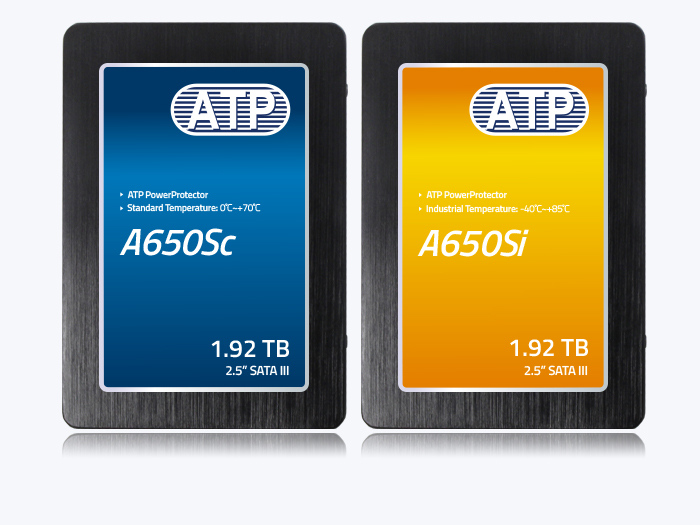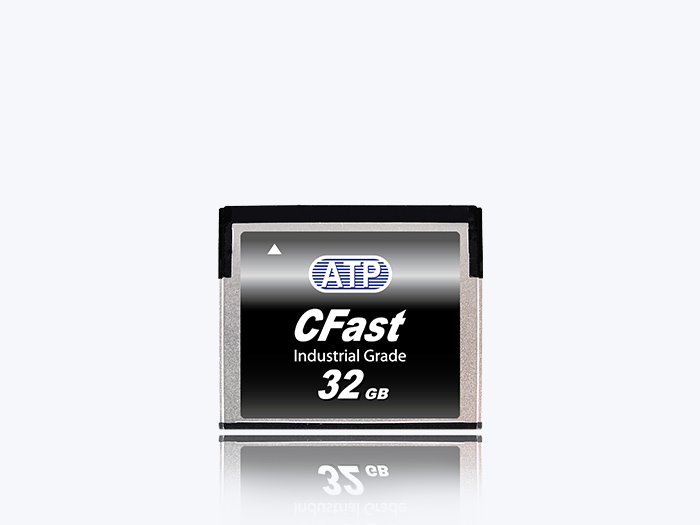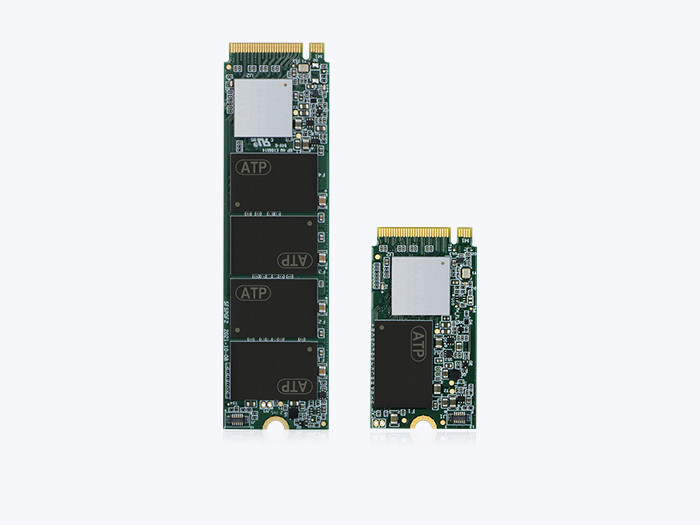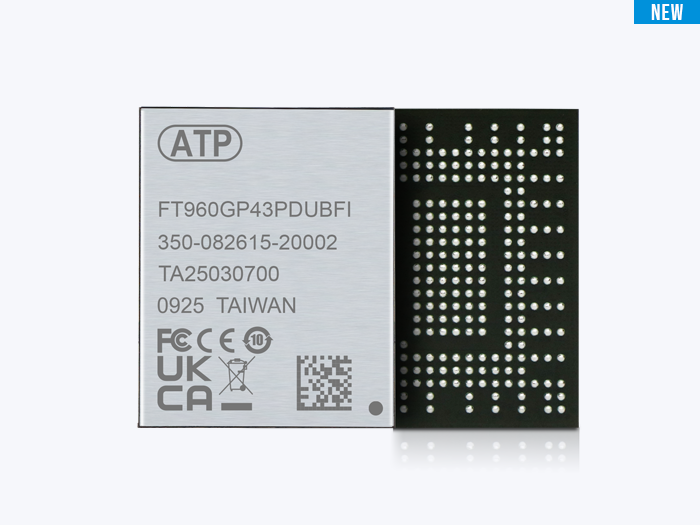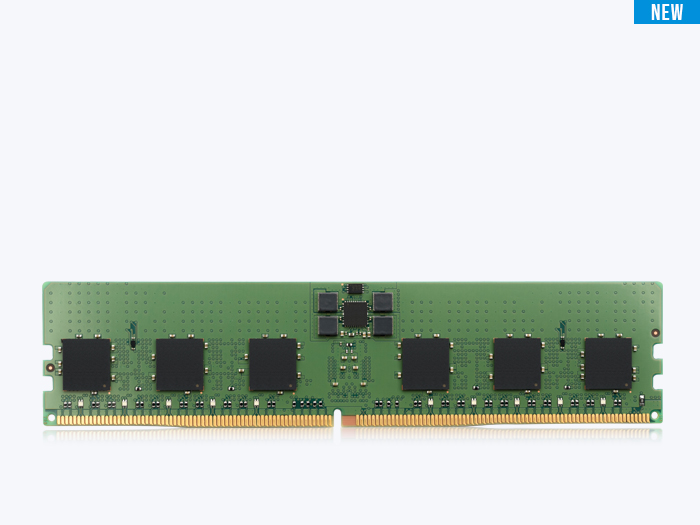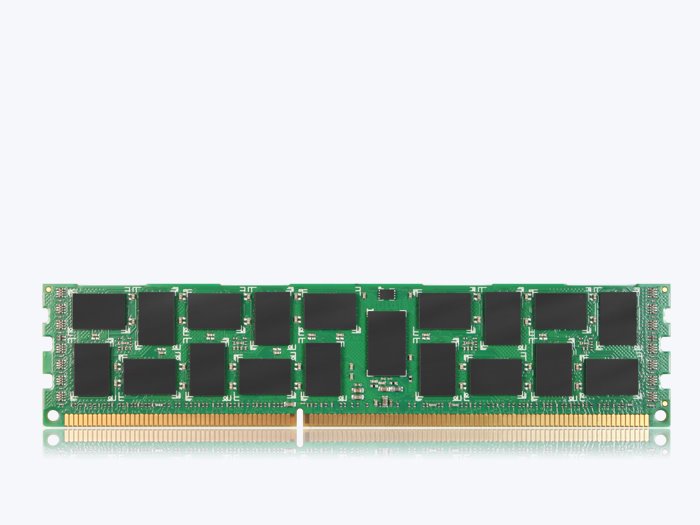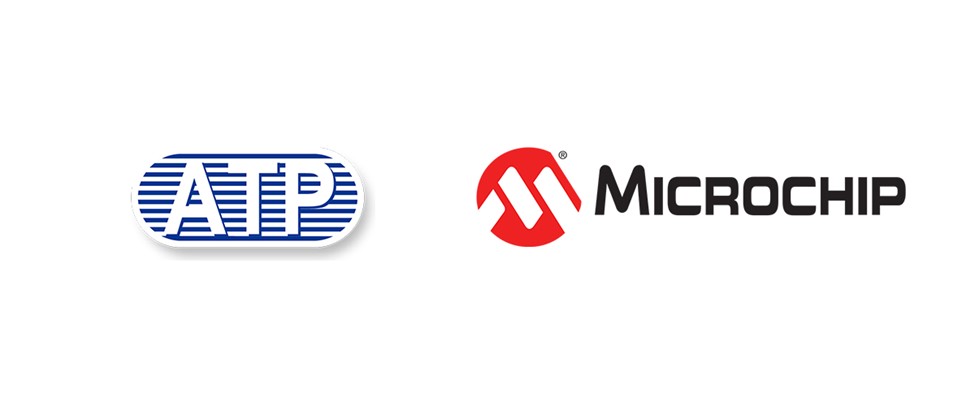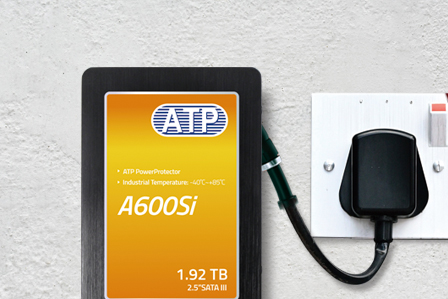Embedded form factors for boot/cache drives
- SSDs with power loss protection
- SATA: M.2 2280/2242, mSATA, 2.5", CFast
- NVMe: M.2 2280/2230, HSBGA
Need to maintain BOM consistency for long lifetime
- 5 years+ longevity and BOM control
Data integrity/reliability
- End-to-end data path protection - CRC, SRAM/DRAM/NAND ECC, NAND RAID
Wide ambient temperature support
- Industrial temperature operation
- High/Low temperature reliability validation
- Thermal cycling validation
- Thermal vs. Performance characterization & solutioning
- Heatsink solutions
High Read and Write endurance (TBW/DWPD)
- High-endurance 3D TLC/pSLC/SLC series
- Capacity overprovisioning settings
Sustained write throughput
- Configuration optimization - NAND mode selection, cache tuning, overprovisioning settings, firmware tuning
Surprise power loss or glitch protection
- MCU-based power loss protection (PLP)
- Customized power cycling tests
- Sudden Power-Off Recovery (SPOR) by firmware
Data Security
- AES, TCG-Opal 2.0, Self-Encrypting Drive
- Secure Erase
- Customized encryption security
Environmental and safety homologation
- Global Certifications
- FCC, CE, UKCA, VCCI, BSMI, KCC, RCM, IC, UL, CB, CSA, Morocco, etc. (optional)
- ROHS, REACH
Customized validation
- Collaboration on customer specific test, qualification, and validation that are beyond JEDEC standards
- Performance/Latency, Power consumption, Endurance, Data Retention, 4 Corner power cycling and thermal testing, Signal Integrity, system interoperability, reliability testing, etc.













